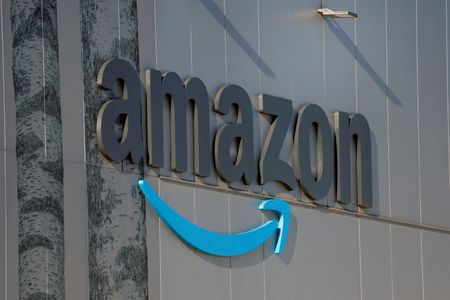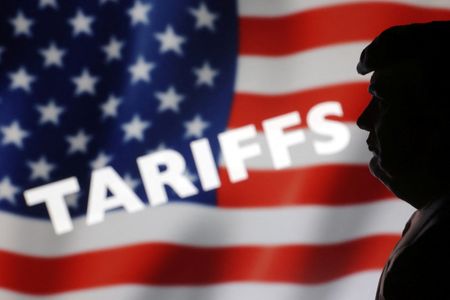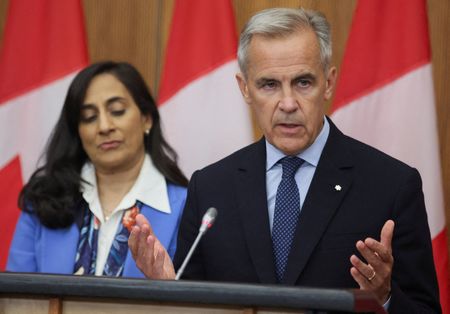By Arriana McLymore and Deborah Mary Sophia
(Reuters) -Amazon will seek to reassure investors on Thursday that its cloud business, a critical driver of profits, is growing at a fast enough clip to offset any pullback in consumer spending that could throttle its retail operations.
The tech giant’s revenue likely increased 9.5% in the second quarter to $162.08 billion, according to data from LSEG, accelerating from the first quarter and largely in line with the year-ago period. Amazon Web Services (AWS), the cloud unit that accounts for less than a fifth of the company’s sales but typically about 60% of its profit, likely grew 17% in the April-June period.
Amazon, like its rivals Alphabet and Microsoft, has invested heavily to increase capacity at its data centers to meet demand for its traditional cloud services as well as the surge in generative AI services. While AWS and Microsoft’s Azure are the dominant cloud providers, Alphabet’s Google has recently bagged some big deals, including one with OpenAI, and last week it cited massive demand for its cloud services for boosting spending plans for the year.
Google’s strong performance has sparked worries that the company could be taking market share from AWS, which analysts said could prompt Amazon to increase its own capital expenses as well, as could Microsoft when it announces its results on Wednesday.
“We have heard murmurs that AWS’ struggle to develop a strong AI model has fueled a perception that it is trailing behind Google within AI development,” Scotiabank analysts said, adding they expect margins at AWS to also pull back from the 39.5% seen in the first quarter.
On Thursday, though, investors will pay more attention than usual to Amazon’s e-commerce business, which has so far well withstood the pressures stemming from U.S. President Donald Trump’s tariff threats and trade deals. Sellers still prefer to hawk their wares on Amazon.com, as the e-commerce giant has cemented the top spot in offering low prices, convenience, and product selection.
Amazon said in May that third-party sellers on Amazon.com were pulling forward orders to boost inventory, and the company was pushing them to keep prices as low as possible. Walmart, the world’s largest retailer, said in May it would start raising prices due to tariffs.
“Amazon remains the go-to destination for online deals and continues to draw strong consumer and brand engagement … price increases have been more muted than expected, and second-quarter sales were solid as consumer spend stayed resilient,” Jefferies analyst Brent Thill said.
Inventory levels also “appear healthy” across most sellers on Amazon heading into the key back-to-school and holiday shopping seasons, Thill added.
Many consumer-facing companies have warned that tariffs are hitting their business. Automakers and consumer food giants including Coca-Cola have indicated that some segments of the buying public have pulled in their spending.
While major retailers slowed or halted orders for China-made goods and discretionary merchandise earlier in the year, brands are expecting improvements in sales in the current quarter as trade negotiations settle, analysts said.
Evercore analysts said a survey conducted by the brokerage found that 95% of respondents picked Amazon as their most common go-to website for shopping online this year. That represented an increase of 5% from 2024.
Preference for the No. 2 and No. 3 rivals – Walmart and Target – declined 7% and 3%, respectively.
“While tariff uncertainty creates a challenge for Amazon and every other retailer, our strong belief is that given its scale, supply diversification, and logistics sophistication, Amazon will be better able to manage tariff challenges than practically any other company,” Evercore analysts said.
(Reporting by Deborah Sophia in Bengaluru and Arriana McLymore in New York; Editing by Sayantani Ghosh and Maju Samuel)











